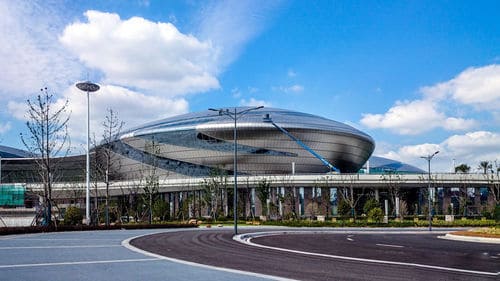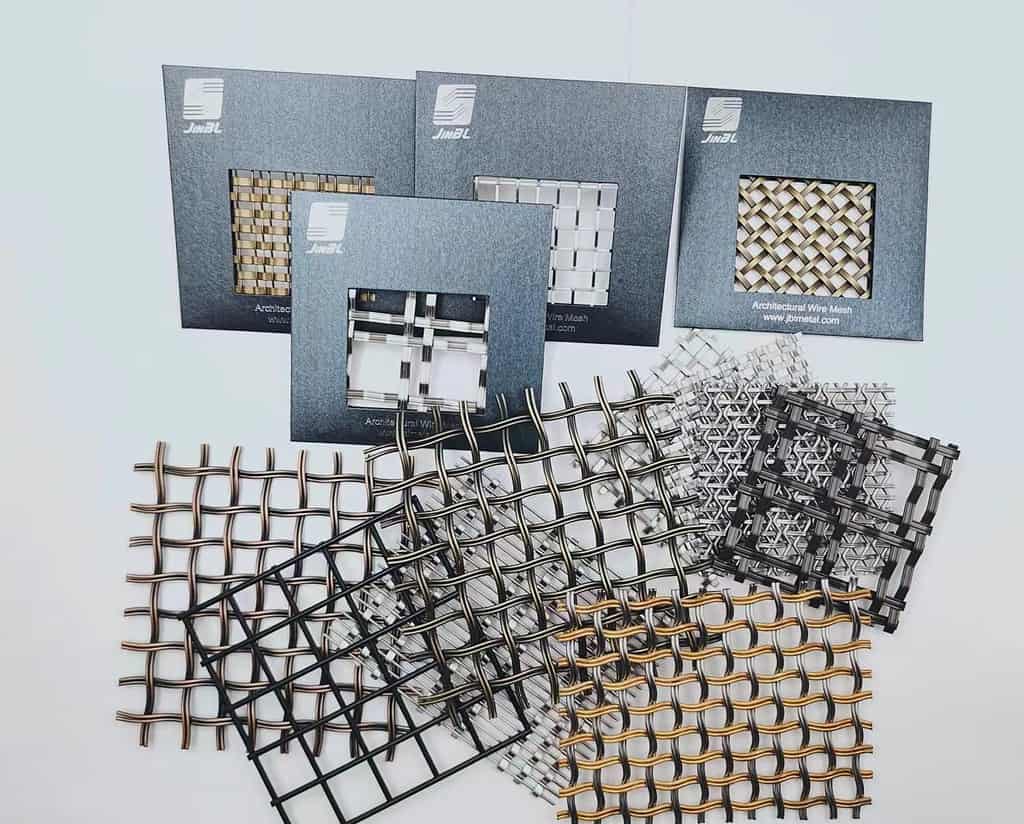Introduction to Architectural Mesh.
Architectural mesh is a type of woven wire mesh that is used in a variety of architectural applications. It is made from a variety of materials, including stainless steel, aluminum, and copper, and can be woven in a variety of patterns and densities. Originally used primarily for functional purposes, such as security screens and ventilation grilles, architectural mesh has evolved to become a popular material in contemporary architecture due to its unique properties and aesthetic appeal.

The History of Architectural Mesh.
Architectural mesh has a long history dating back to ancient times when it was used for practical purposes such as sieves and screens. In the Middle Ages, it was used for armor and chainmail. In the 19th century, it began to be used for industrial purposes such as conveyor belts and filtration systems. It wasn't until the 20th century that architectural mesh began to be used in architecture for its aesthetic appeal. Today, it is a popular material in contemporary architecture due to its versatility and unique properties.

The Unique Properties of Architectural Mesh.
Architectural mesh is a versatile material that can be used in a variety of applications in contemporary architecture. It is made from a variety of materials including stainless steel, aluminum, and copper, and can be woven into a variety of patterns and textures. One of the unique properties of architectural mesh is its ability to filter light and air, making it an ideal material for shading and ventilation systems. Additionally, it can be used for decorative purposes, adding texture and visual interest to building facades and interiors.

Applications of Architectural Mesh in Contemporary Architecture.
Architectural mesh has become a popular material in contemporary architecture due to its versatility and unique properties. It can be used for a variety of applications, including shading and ventilation systems, decorative facades and interiors, and safety and security features. Its ability to filter light and air makes it an ideal material for sustainable building design, while its aesthetic qualities add texture and visual interest to modern architecture.

The Future of Architectural Mesh in Architecture.
As the demand for sustainable and eco-friendly building materials continues to grow, architectural mesh is poised to become an even more important material in contemporary architecture. Its ability to filter light and air, as well as its durability and low maintenance requirements, make it an ideal choice for green building design. Additionally, advancements in technology and manufacturing processes are allowing for even more innovative and creative applications of architectural mesh in architecture.







